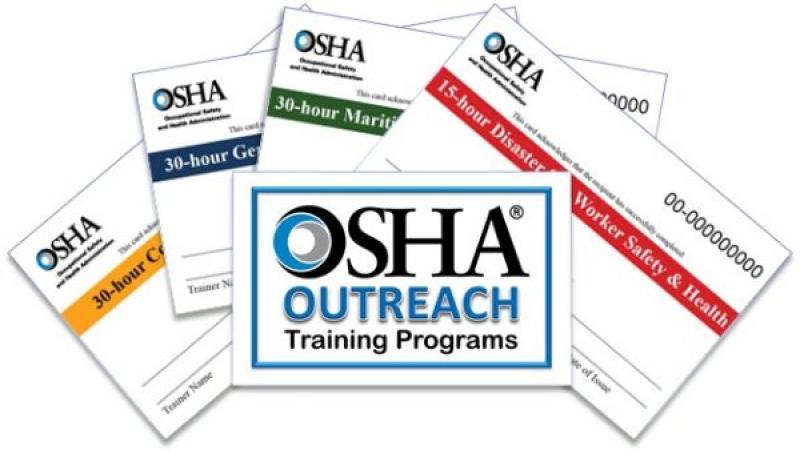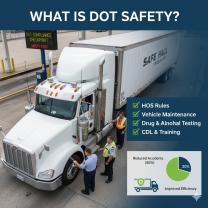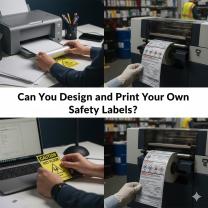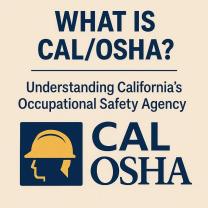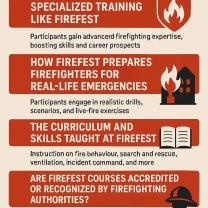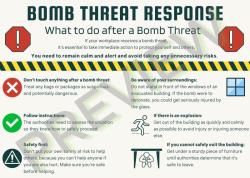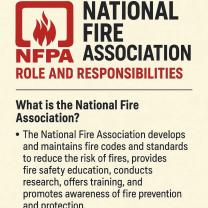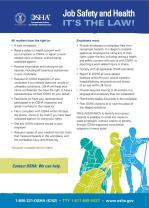What is OSHA right to know training?
OSHA Right-to-Know training, also commonly known as Hazard Communication (HazCom) training, is a workplace safety program designed to inform and educate employees about the hazardous chemicals they may encounter in the workplace. The goal of this training is to empower workers with the knowledge and skills needed to safely handle and work with hazardous substances.
Key components of OSHA Right-to-Know training include:
Understanding Hazardous Chemicals:
- Identification and recognition of hazardous chemicals used or present in the workplace.
Safety Data Sheets (SDS):
- Training on how to read and interpret Safety Data Sheets (SDS), which provide detailed information about the properties, hazards, and safe use of chemicals.
Labeling Requirements:
- Understanding the labeling requirements for hazardous chemicals. Employers are required to label containers with information about the chemical's identity, hazards, and safe handling.
Potential Health Effects:
- Learning about the potential health effects associated with exposure to hazardous chemicals, including acute and chronic effects.
Protective Measures:
- Instruction on the proper use of personal protective equipment (PPE), engineering controls, and other measures to minimize exposure.
Emergency Procedures:
- Training on emergency procedures in the event of a chemical spill, leak, or exposure. This includes understanding the location of emergency equipment, evacuation routes, and emergency contacts.
Employee Rights:
- Informing employees about their rights to access information about the hazardous chemicals they work with, including their right to request and review SDS.
Chemical Inventory:
- Developing and maintaining an inventory of chemicals used in the workplace.
Training Frequency:
- Regular training updates to ensure that employees remain informed about new chemicals, changes in procedures, or updates to hazard information.
The OSHA Right-to-Know standard is part of OSHA's Hazard Communication Standard (29 CFR 1910.1200). It applies to workplaces where employees may be exposed to hazardous chemicals during normal operations or in the event of a chemical emergency.
Employers are responsible for providing OSHA Right-to-Know training to their employees, and the training should be conducted during the initial assignment to a job involving exposure to hazardous chemicals and whenever a new hazard is introduced. The information provided in the training should be clear, accessible, and tailored to the specific hazards present in the workplace.
It's important for employees to actively participate in this training and follow safe work practices to minimize the risk of chemical exposure and promote a safe working environment.
What does OSHA's 'Right to Know' training involve?
OSHA's "Right to Know" training, also known as the Hazard Communication Standard (HCS), covers various aspects of workplace hazard identification, communication, and protection. It mandates employers to inform employees about the potential hazards they may encounter in their work environment and provide them with the knowledge and tools to protect themselves.
Here's a breakdown of what OSHA's "Right to Know" training typically involves:
1. Hazard Identification:
- Training identifies and raises awareness about potential chemical, physical, and biological hazards present in the workplace. This includes learning about the properties of hazardous materials, their routes of exposure (inhalation, skin contact, etc.), and potential health effects.
2. Labels and Safety Data Sheets (SDS):
- Training teaches employees how to read and understand labels on hazardous materials, including pictograms, hazard statements, and precautionary information. Additionally, it covers Safety Data Sheets (SDS), which provide detailed information about the chemical's properties, hazards, and safe handling procedures.
3. Personal Protective Equipment (PPE):
- Training educates employees about the different types of PPE available, their selection and use, proper fitment, and limitations. This includes gloves, respirators, eye protection, and other equipment specific to the hazards encountered.
4. Communication and Emergency Procedures:
- Training emphasizes the importance of communicating hazards and incidents to supervisors and colleagues. It also covers emergency procedures, including evacuation routes, spill response protocols, and first aid measures in case of exposure to hazardous materials.
5. Employee Rights and Responsibilities:
- Training informs employees about their right to request information about hazardous materials, refuse unsafe work, and participate in hazard communication programs. It also clarifies their responsibilities for following safe work practices and reporting potential hazards.
Additional aspects of OSHA's "Right to Know" training may include:
- Specific training for certain hazardous materials or tasks.
- Hands-on exercises and simulations to reinforce learning.
- Refreshers and ongoing training to ensure knowledge retention and adaptation to new hazards.
Overall, OSHA's "Right to Know" training aims to empower employees with the knowledge and tools necessary to protect themselves from workplace hazards and promote a safer work environment.
Remember, specific training requirements and content may vary depending on the industry, workplace hazards, and local regulations. It's essential for employers to consult the OSHA HCS standard and tailor their training programs accordingly.
I hope this information helps! Feel free to ask if you have any further questions about OSHA's "Right to Know" training.
